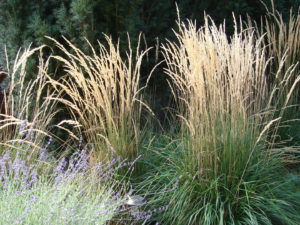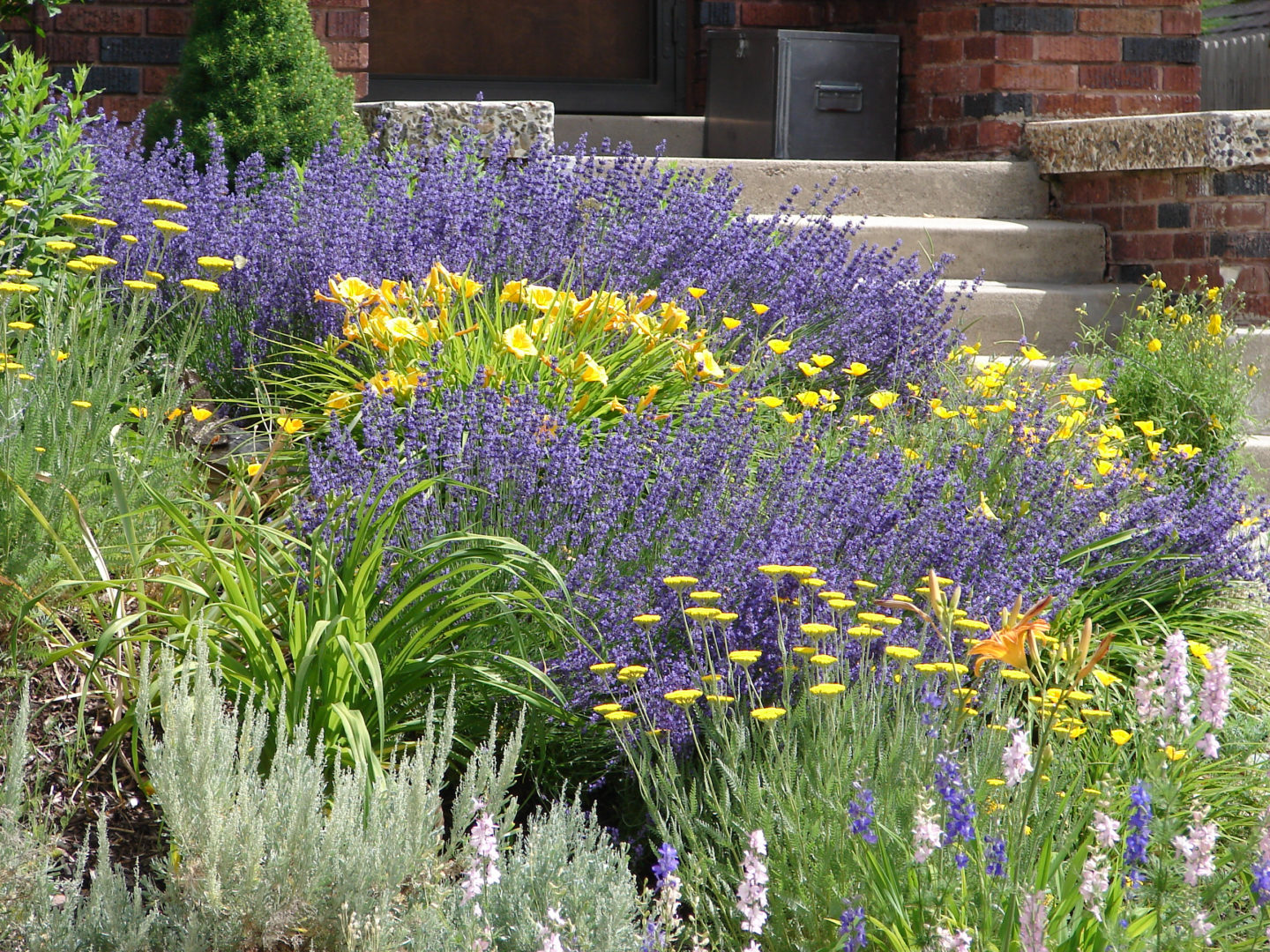Living in the Northeast I never thought I would consider adding xeriscaping (pronounced zera-scaping) to my landscape design repertoire. Whatever your thoughts on climate change, drought conditions in Vermont and New Hampshire are becoming normal enough to seriously consider adapting some of the techniques landscape designers have been using in arid areas of the country for years. Xeriscaping in Northern New England is not only now possible it is probable it will eventually become the norm.
For the most part, our summers of the past have been considered pretty mild – short with a few hot days and dry spells. Last summer the drought conditions became so intense that I saw gardens wilt, lawns turn to seas of brown and even established trees and shrubs show signs of stress. These conditions have caused me to change my thinking about the way I design gardens in certain situations.
What is Xeriscaping?
I always thought xeriscaping was a landscape design technique that incorporated cactus, yucca, boulders and stone mulch. Every time I saw images of this type of landscape it was in Arizona or New Mexico. It turns out the design concepts of xeriscaping can be included anywhere.
The basic premise is that you use less irrigation by incorporating water-conserving techniques such as using drought-tolerant plants (there are plenty, not just cactus and yucca), an adequate amount of soft mulch (stone mulch reflects heat and can make a hot situation worse), and using efficient irrigation when necessary. With the weather trends we are seeing and those that are being forecasted, incorporating some of these techniques into our landscapes is a good idea.
Who wouldn’t want to have a landscape that requires less watering and better withstands adverse summer conditions?
How to begin
Planning a healthy and aesthetically-pleasing xeriscape is very similar to the six principles I currently use while designing any landscape:
- Create a good design for the site conditions (that’s a topic for a whole other article!).
- Improve the soil by adding organic matter to better support plant health and water-holding capacity.
- Choose appropriate grass seed for the site. Our Turf Division uses up to five custom seed blends specifically selected for each location within a lawn, e.g. shady, high sun.
- Select plants that require less watering as a key design focus. There are many trees, shrubs, perennials and annuals that can both withstand our harsh winter weather and perform well with less water once they are established.
- Use a layer of soft mulch to conserve moisture, but make sure to use proper mulching techniques. A two-inch layer of mulch will really help keep moisture in the soil, although letting it build up on the plants can cause other problems. No mulch volcanoes around the base of the plants!
- Plan to efficiently water when it’s necessary. This might involve capturing rainwater to reuse, using drip irrigation or using soaker hoses in garden beds.

These six fairly basic steps can be an effective way to create beautiful landscapes while conserving water and saving you time!
From now on I’ll consider these techniques whenever I’m working on a garden or landscaping design because a lack of water is one of the biggest reasons landscape plants don’t thrive. As long as I continue to use sound design principles while also utilizing these water conserving ideas when creating landscapes I think my landscapes will continue to look, feel and function well in our changing environment.
This article was written by Bill Pedi, Chippers’ Garden & Landscape Division Manager, and portions of it originally appeared in Image Magazine’s Trend Watch Spring 2021 edition. Bill has a BS in Landscape Horticulture and studied at The Landscape Institute, Harvard University. Contact Us for more information about xeriscaping or your other green care questions or needs.


